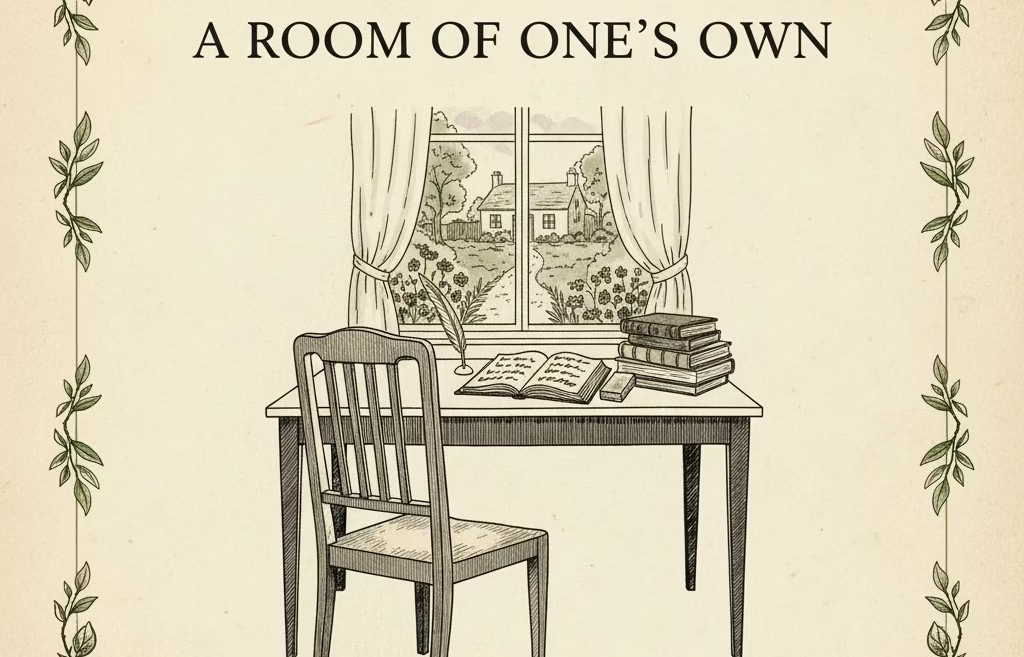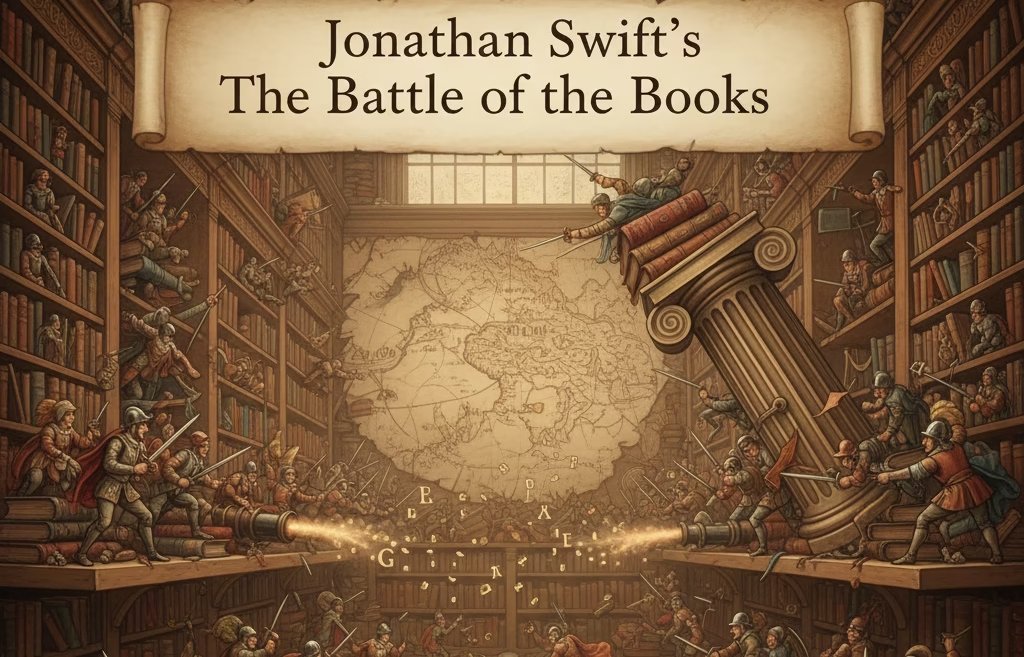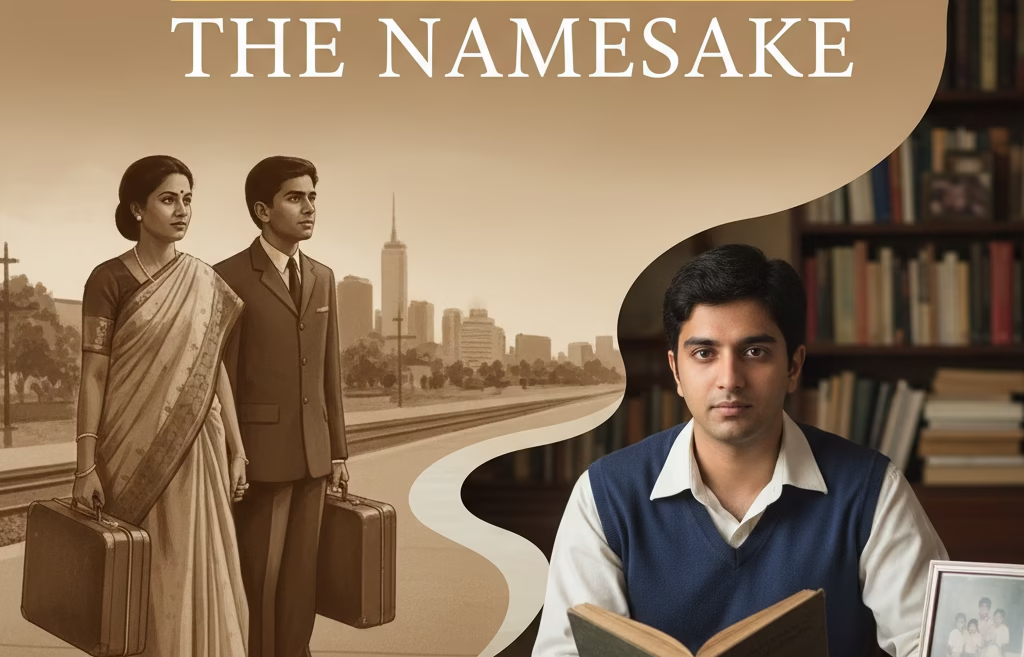Introduction
Have you ever read a novel that left you feeling both impressed and a little disturbed, as though you’d peered into a place where fiction and real life start to blur? Muriel Spark’s The Driver’s Seat does just that—a slim novella, but one whose philosophical impact lingers long after you’ve closed the final page.
I read it first as a graduate student tucked in a tiny campus flat, sandwiched between investigations of George Orwell’s bleak London and Alice Walker’s deep South. Spark’s novella was a change—a jolt, really. It left me reconsidering the boundaries of control, identity, and narrative fate. Let’s drive deep into what makes The Driver’s Seat so powerful, so perplexing, and why it continues to grip readers, students, and critics half a century after publication.
Overview & Plot
Published in 1970, The Driver’s Seat is often referred to as a “metaphysical shocker”. It follows Lise, a single, 34-year-old woman who works as a secretary in an unspecified Northern European city. Fed up with her routine and the world’s norms, Lise abruptly quits her job, purchases an audaciously colored outfit, and embarks on a journey south to an unnamed city, possibly Rome.
But this is not your average story of self-discovery or midlife escape. Spark informs readers early on, almost casually, of Lise’s tragic fate—she will be murdered. The entire novella is an unsettling, tightly wound build-up to that dark inevitability.
Spark’s narrative is deceptively simple but layered with philosophical significance: questions of agency, existential freedom, gender power structures, and what it truly means to be “in the driver’s seat.” Is Lise—or perhaps anyone—ever really in control? FULL TEXT
Structure, Style, and Narrative
One aspect that always grabs me is how Spark manipulates time and narrative voice. The prose swings between present and future with ease, deploying prolepsis (flashes-forward) to spoil the suspense but simultaneously heighten reader anxiety. We know the destination; the thrill is in the journey.
This technique strips away traditional suspense and challenges our sense of causality—forcing us, like Lise, to ask not just “what will happen?” but “why must it happen this way?”
I’d be remiss not to mention the novel’s brevity; at barely 100 pages, it mixes lean storytelling with paragraph-long shocks. Yet, every word seems weighted, a testament to Spark’s discipline as a modernist and a craftsman of the nouveau roman.
“The entire narrative of male tragedy, the fall of a great man, is a social construction to the same extent as the misogynistic narratives she has earlier portrayed… Both Lise and Richard may be trapped in particular pre-ordained stories: The Driver’s Seat sets out to expose their artificiality.”
The Driver’s Seat : Themes
Alienation and Disconnection
Nowhere is isolation rendered with such icy clarity as in Lise’s journey. She floats through a landscape of strangers—saleswomen, tourists, dubious suitors—yet never once truly connects. Her very language is ambiguous, her identity in flux: one moment claiming to be a seasoned traveler, the next denying ever leaving home.
Her exchanges are awkward, abrasive, sometimes even comic—yet it’s a comedy of unease.
“Who is in the driver’s seat, who could be made responsible to the stream of events as they fold out. Ostensibly, one would say Lise but that would be very naïve of an answer, perhaps not to the standards of Muriel Spark who was outrageously inventive and talented”.
Power, Agency, and Gender
Lise’s deliberate pursuit of her murderer; her calculated performance of a woman in distress; her fashion choices—each functions as a rebellion against a society that would otherwise assign her the role of a passive victim. Spark’s satire is razor-sharp: the police and bystanders later reconstruct her final hours for the press, yet they unwittingly trap themselves in conventions of storytelling and gender.
Here, Spark’s feminist critiques parallel those in The Prime of Miss Jean Brodie: Who gets to write the narrative of a woman’s life? Who assumes control, and at what cost?
Violence, Death, and Spiritual Desolation
By making Lise co-author of her demise, Spark twists the familiar thriller into existential territory. Is her “search” a sign of liberation, or a chilling surrender?
The novel hints—but never states outright—that the truest horror may be cosmic indifference: being seen by no one, wanted by no one, and finally orchestrating one’s own fate as the only means of asserting meaning. The metaphysical shock lies here, in a universe without solace or God, echoing mid-century existentialism.
The Driver’s Seat : Character Analysis
Lise: The Enigmatic Protagonist
Lise is, let’s be honest, one of the most disturbing characters in modern fiction. Her sudden bursts of rage and paranoia; her obsession with finding a man who “fits” her unknown design; her swinging, almost playful interactions with other tourists; all complicate easy diagnoses of victim or villain. I find her both repulsive and, weirdly, reminiscent of people I’ve met on long, lonely train rides—so desperate to be seen, to be known, that they become actors in their own small tragedies.
Many critics note the anagrammatic hint in her name: “Lise” as “lies.” She’s both unreliable and fractured, continually refashioning her persona—a teacher, a widow, a tourist, an intellectual—depending on her audience. This unstable selfhood is central to the book’s critique of social roles.
Supporting Characters
Other figures—Mrs. Fiedke, Bill, Richard—populate Lise’s journey, each a miniature study in banality or well-meaning confusion. Yet none are fully fleshed, reinforcing Spark’s point: they exist only in relation to the main drama, thin sketches in Lise’s self-authored narrative.
Psychological Interpretation
Spark’s novella doesn’t provide easy psychological explanations. Is Lise suffering from depression, psychosis, or existential ennui? As a literature professor, I see her actions less as symptoms and more as performances—acts designed to upend traditional readings of “madness” and “rationality” in women’s stories.
There are moments reminiscent of Camus’ The Stranger—deliberate, almost ritualistic acts that suggest Lise seeks agency, if only at the cost of her life.
The Driver’s Seat and the Nouveau Roman Tradition
Spark’s experimentation isn’t merely modernist flourish. There are echoes of the nouveau roman (New Novel) tradition, with its focus on structural play, uncertainty, and anti-psychological characterisation. For students and teachers, these techniques make the novella a perfect launch pad for discussion of narrative authority—who tells the story, and how?
Reflections : The Driver’s Seat
Here’s where personal insight is unavoidable. I’ve taught this novella to both undergrads new to Spark and seasoned literature majors, and the response is almost always the same: confusion, then fascination, then debate. If literature’s central function is to unsettle the comfortable and complicate the straightforward, then The Driver’s Seat is a masterpiece at doing just that.
Often, students want answers about “why” Lise chooses her grim fate, or what Spark “means.” But it’s the ambiguity—the refusal to settle—that keeps the novel alive in classrooms and on syllabi, just as it unsettles readers who crave neat closure. EXPLORE OTHER AUTHORS
Themes, Motifs, and Symbols
| Theme | Summary |
|---|---|
| Alienation | Lise is adrift in modern urban life, cut off from meaningful human connection. |
| Control/Agency | The “driver’s seat” is both literal (when Lise finally drives) and symbolic of who controls one’s fate. |
| Gender & Power | Lise subverts roles of woman-as-victim/subject, calling into question the narratives prescribed to women. |
| Death as Escape | Her actions suggest death as self-orchestrated meaning—a rebellion against randomness and despair. |
| Unreliable Reality | Narrative and psychology are blurred—the story destabilises expectations, making truth contingent and suspect. |
| Performance | Lise’s shifting personas and self-presentation mirror the ways all individuals “act” within social systems, especially women under patriarchy. |
Literary Impact and Reception
The Driver’s Seat remains a favourite among critics for its daring experimentation and bleak comic tone. It was even shortlisted for the “Lost Man Booker Prize” in 2010, having been overlooked on first publication due to shifting prize rules. Muriel Spark herself regarded it as one of her best and most “creepy” novels.
Despite its brevity, the book continues to spark (no pun intended) lively debate about what literature is for. It is routinely adapted for stage and classroom use, further cementing its status as a modern classic.
Conclusion: Lessons from “The Driver’s Seat”
Reading The Driver’s Seat today, in our age of curated identities and performative storytelling (hello, social media!), feels eerily apt. Lise’s journey is extreme, but her search for meaning and agency in a disjointed world is universal.
That, I think, is the great—if unsettling—achievement of Spark’s novella. She draws us into the driver’s seat of her fiction, then reveals the limitations of that role. We may not all end our stories dramatically. Yet, at some point, each of us wonders who’s steering—and what happens if no one really is.
If you’ve got this far, you’re probably—like me—still pondering Lise and Spark long after you close the book. That, in the end, is the invisible mark of literary greatness.
FAQs on Muriel Spark’s The Driver’s Seat
Q: Is the novel based on a true story?
No, but Spark drew heavily from mid-century anxieties—urban ennui, shifting gender norms, and existentialism.
Q: Why does Spark reveal the ending up front?
To force readers to focus on “why” rather than “what next”—highlighting issues of fate and free will.
Q: Is this novel suitable for undergraduate study?
Absolutely. Its brevity and complexity make it a staple for courses on modernism, narrative studies, and gender.






1 Comment
[…] As a literature professor, I find Eliot’s verse uniquely apt for expressing moments where the soul outpaces language. The blend of ancient and modern, ritual and realism, gives Murder in the Cathedral its unmistakable atmosphere. EXPLORE OTHER AUTHORS […]